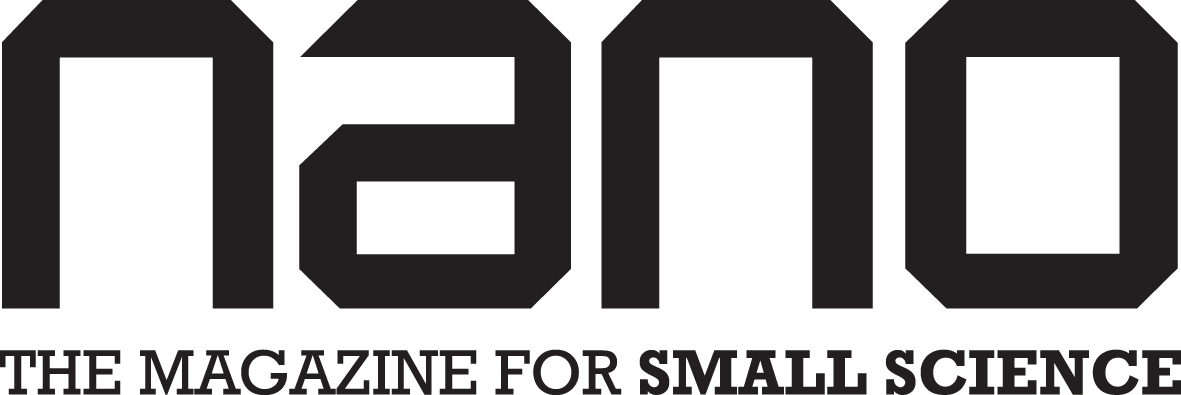Quantum Physics: Mastering Chemical Reactions Control

In the field of polariton chemistry, which combines tools from chemistry and quantum optics, researchers have been striving to manipulate chemical reactions to generate new products. This area of research has significant implications for industries such as construction materials manufacturing and catalyst production.
While experiments in optical cavities have shown promise in manipulating the reactivity of molecules at room temperature using electromagnetic fields, no research team had been able to establish a comprehensive physical mechanism to describe and reproduce the phenomenon consistently.
However, a recent breakthrough by a team of researchers from the Universidad de Santiago (Chile) and the US Naval Research Laboratory has shed light on this challenge.
Controlling chemical reactions has long been a difficult task. Bonds between atoms in a molecule break and rearrange to form new substances, requiring the input of energy.
Physicochemical principles and reactivity theories have helped us understand these processes based on thermodynamic laws and molecular structures. However, the electromagnetic vacuum introduces correlations between different chemical reactions occurring within a cavity, challenging traditional assumptions about chemical reactivity.
The ability to control chemical reactions opens up vast possibilities for various industries. By fine-tuning reaction rates and modifying product formation, manufacturers can reduce waste in construction materials production and improve catalyst efficiency. These advancements have the potential to revolutionize multiple sectors, leading to more sustainable and efficient processes.
The recent study by the Universidad de Santiago and the US Naval Research Laboratory has demonstrated, both theoretically and experimentally, that it is possible to selectively modify the reactivity of certain bonds in a chemical reaction at room temperature using an infrared cavity's electromagnetic field vacuum.
This discovery provides a deeper understanding of the phenomenon, surpassing previous models that only explained partial aspects of the observations or disregarded the experimental evidence altogether. The researchers aim to develop a theoretical and mathematical framework that can be used by scientists worldwide to interpret their experiments and potentially design new types of measurements.
The groundbreaking research was led by principal investigator Felipe Herrera from the Universidad de Santiago, part of the Millennium Institute for Research in Optics (MIRO), and researcher Blake Simpkins from the chemistry division of the US Naval Research Laboratory.
The collaborative effort involved contributions from Dr. Wonmi Ahn, a former postdoctoral fellow at the US Naval Research Laboratory and now a professor at Bilkent University, as well as Johan Triana and Felipe Recabal, members of the Molecular Quantum Technology group at MIRO, USACH.
By establishing a connection between chemical kinetics and quantum physics, this pioneering work paves the way for future advancements in controlling chemical reactions, bringing together two successful disciplines in modern science.





